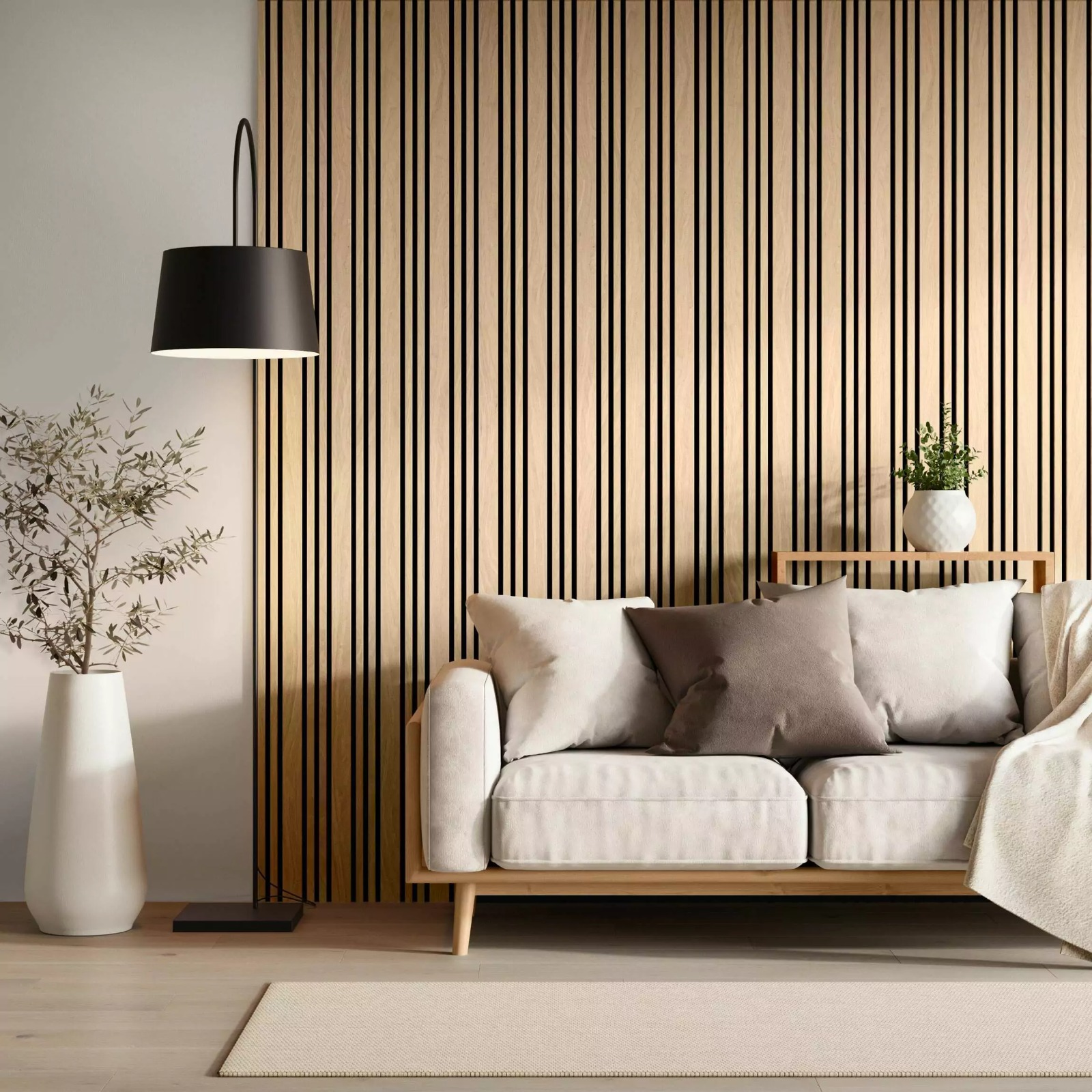In modern living spaces, controlling noise while maintaining style is a top priority. One of the most effective solutions for achieving both is Wood covering designed for sound insulation. Unlike conventional wall treatments, sound-insulating wood coverings combine aesthetic charm with acoustic functionality. They not only enhance the beauty of your walls but also minimize unwanted noise, making your home or office more comfortable and inviting.
Understanding Sound-Insulating Wood Covering
Sound-insulating wood covering refers to specially engineered panels or slats designed to absorb, diffuse, or block sound. These coverings are ideal for spaces where noise reduction is important, such as home theaters, offices, meeting rooms, or open-plan apartments.
How Sound Insulation Works
The secret behind these wood coverings lies in their design and material composition. Many panels feature perforations, grooves, or layered construction that trap sound waves, preventing them from bouncing around the room. Some coverings incorporate acoustic cores made from foam or mineral wool, further enhancing their sound-absorbing capabilities.
Factors to Consider When Choosing Wood Covering for Sound Insulation
Selecting the right wood covering for sound insulation involves careful consideration of multiple factors:
Material Type
The material of your wood covering directly affects both aesthetics and acoustic performance.
- Solid Wood: Offers natural beauty and moderate sound absorption.
- Engineered Wood: Provides consistent quality and can include acoustic cores for improved performance.
- Reclaimed Wood: Eco-friendly and visually unique, though sound performance may vary.
Panel Design and Thickness
The design and thickness of the wood covering determine how effectively it reduces noise:
- Perforated Panels: Ideal for absorbing mid- to high-frequency sounds.
- Slatted Panels: Diffuse sound evenly while adding a contemporary look.
- Layered Panels: Combine multiple materials to block and absorb a wider range of frequencies.
Room Size and Layout
Consider the dimensions and purpose of the space. Larger rooms may require more extensive coverage or panels with higher acoustic efficiency, while smaller rooms might benefit from strategically placed accent walls with wood covering.
Installation and Maintenance
Some acoustic wood coverings are easy to install with interlocking systems, while others require professional fitting for optimal performance. Additionally, consider the maintenance level—some finishes need regular polishing, while others are resistant to scratches and moisture.
Benefits of Using Wood Covering for Sound Insulation
Improved Comfort and Privacy
By reducing ambient noise, sound-insulating wood covering creates a more comfortable environment. This is especially important in shared living spaces, open offices, or areas prone to external noise.
Enhanced Aesthetics
Unlike standard acoustic panels, wood coverings offer a stylish alternative. Available in various textures, colors, and patterns, they can transform dull walls into eye-catching design features.
Long-Term Investment
High-quality wood covering not only lasts for years but also increases the value of your property. Homeowners and tenants alike appreciate spaces that are visually appealing and acoustically optimized.
Popular Wood Covering Styles for Sound Insulation
Vertical Slats
Vertical slats add height perception to a room while effectively diffusing sound. They are popular in modern interiors due to their minimalist, elegant design.
Geometric Panels
Geometric patterns such as chevrons, hexagons, and triangles are trending for accent walls. They combine visual appeal with acoustic functionality.
Layered Combinations
Combining wood with materials like fabric or acoustic foam enhances both sound absorption and visual texture, making these panels ideal for home theaters and professional spaces.
Tips for Maximizing Sound Insulation with Wood Covering
- Strategic Placement: Focus on walls where noise enters or reflects the most.
- Combine Materials: Pair wood with acoustic cores for superior sound absorption.
- Use Full-Coverage Panels: In high-noise areas, consider covering larger wall surfaces rather than just accents.
- Mind the Ceiling and Floor: Adding acoustic wood panels to ceilings or incorporating rugs can further reduce noise.
Conclusion
Choosing the right wood covering for sound insulation is about balancing beauty, functionality, and performance. By considering material, panel design, room layout, and installation methods, you can create a space that looks stunning while significantly reducing unwanted noise. Whether for a home, office, or commercial setting, sound-insulating wood coverings transform ordinary walls into stylish, functional, and comfortable environments. Invest in the right wood covering today and enjoy a quieter, more serene space tomorrow.
